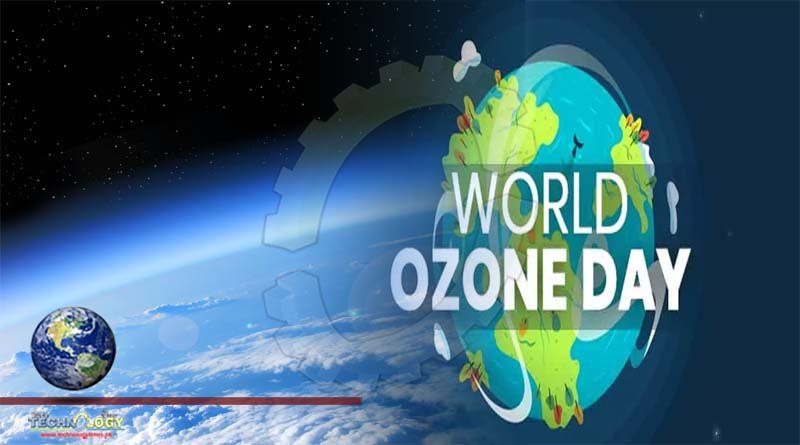The ozone layer serves as a vital component of our atmosphere, absorbing nearly all of the sun’s harmful ultraviolet (UV) radiation.

As the UN’s World or International Day for the Preservation of the Ozone Layer approaches on September 16, it’s imperative to acknowledge the monumental successes achieved through the Montreal Protocol on Substances that Deplete the Ozone Layer over nearly four decades.
This protocol has been a bulwark in safeguarding human health, preserving ecosystems, and combatting climate change. By prohibiting the use of ozone-depleting substances (ODS), it has facilitated the gradual recovery of the ozone layer from the harm caused by these synthetic chemicals.
The ozone layer serves as a vital component of our atmosphere, absorbing nearly all of the sun’s harmful ultraviolet (UV) radiation.
Prolonged exposure to high levels of UV-B or any exposure to UV-C poses risks to human health and is detrimental to various forms of life, including animals, plants, and microbes. Essentially, the ozone layer plays an indispensable role in safeguarding all life on Earth.
In the 1970s, scientists raised concerns about ozone erosion from chlorine from chlorofluorocarbons. The discovery of an ozone layer hole in Antarctica in the mid-1980s led to the 1987 ratification of the Montreal Protocol, aiming to phase out ODS. The UN General Assembly declared September 16 as World or International Day for the Preservation of the Ozone Layer.
Triumphs of the Montreal Protocol:
The Montreal Protocol stands as the sole UN environmental treaty ratified by every country globally. Notable achievements include:
- Phasing out 99% of the ODS controlled under the Protocol.
- Steady recovery of the ozone layer, expected to return to 1980 levels by 2066 with full Protocol implementation.
- Protection of hundreds of millions from skin cancers and eye cataracts, resulting in approximately $1.8 trillion in global health benefits.
- Mitigation of hundreds of billions of tonnes of carbon-dioxide equivalent emissions by phasing out ODS.
- Formal designation of the Montreal Protocol as a climate treaty in 2016 through the Kigali Amendment. This global agreement aims to reduce production and consumption of hydrofluorocarbons (HFCs), potent greenhouse gases used as ODS substitutes.
Challenges Persist:
Despite significant strides, an ozone hole continues to form annually above Antarctica. However, thanks to the Montreal Protocol, it has been gradually shrinking since 2000. Unusual atmospheric conditions, potentially linked to volcanic activity, have influenced recent ozone hole behavior.
Looking Ahead:
While the past few years have reminded us of the need for continued vigilance, they do not undermine the efficacy of the Montreal Protocol. The Protocol remains on course to restore the ozone layer to 1980 levels over Antarctica by 2066. Urgent attention is required in addressing the following challenges:
- Tackling emissions from feedstocks used in chemical production processes.
- Addressing emissions from existing equipment (“banks”) containing ODS and HFCs.
- Strengthening monitoring, reporting, verification, and enforcement processes.
- In particular, addressing nitrous oxide (N2O) emissions, a potent ODS and greenhouse gas, warrants collective action under the Montreal Protocol.
The Montreal Protocol, hailed as the world’s most successful environmental treaty, must continue evolving to secure a sustainable future. It has demonstrated its adaptability and must now rise to meet the next wave of challenges.